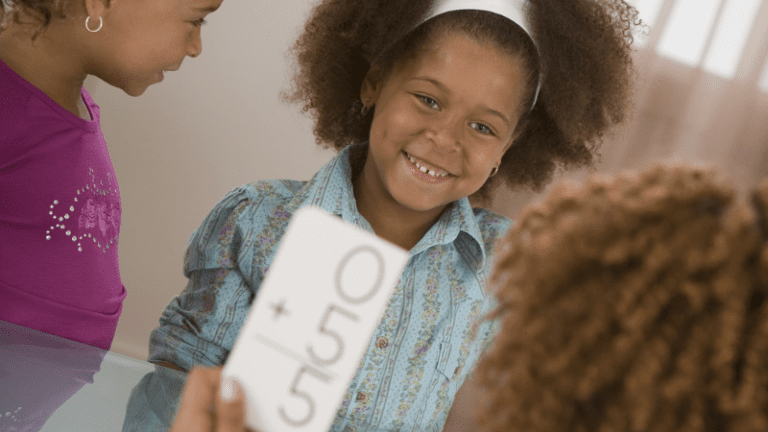Equity in education means removing barriers so that all students can reach their academic potential. As we work toward more inclusive classrooms, we must specifically target subject areas in which students with marginalized identities have traditionally experienced an opportunity gap. At the top of that list is the subject of science. Here are ways to start the important work of promoting equity in science education:
Highlight diverse scientists.
In the United States, science is typically framed as a Western concept that emphasizes the accomplishments of white men. The reality is that people all over the world have made significant contributions to scientific advancement. If your textbook credits Copernicus with the theory of planetary motion, bring up that Arab astronomers, Ibn Yunus and Ibn al-Shatirthe, were actually the basis for this model.
Display a poster of women scientists. Teach a lesson about a famous scientist with a disability, like Stephen Hawking. The more diversity your students see, the more likely they are to believe that the study of science is for them, too.
Allow for native and informal language use.
We tend to view children’s talk as disruptive, but in a science classroom environment, it’s an essential tool for making sense of new ideas. When students are free to communicate using unofficial talk and encouraged to use their home languages, they engage more frequently and can even arrive at deeper understandings. For example, a native Spanish-speaking child studying volcanoes may note that a mountain is dormida. To think of a mountain as a sleeping volcano is useful and helps them further understand the English word dormant.
Rethink what it means to do science “right.”
We tend to teach the scientific method as canon. Really, there is no single approach to science but rather a broad spectrum of practices. Engage students in the “doing” of science—whether that’s making a model of the water cycle or observing and recording the behavior of a class pet. To go along with this rethinking, you must also accept out of the box answers. Encouraging a diversity of perspectives allows for more rigorous solutions and sophisticated learning.
Make learning meaningful.
Students need to be able to relate to the content. Try and put it in a context they can understand. If you’re studying fungi, discuss how yeast is required to make dough rise. This helps students make connections between home (in this case, baking) and school (here, biology). They begin to see science less as a foreign practice and more as a way to relate to and understand the world around them.
Partner with the community.
Talk to students and find out about needs and issues in their own communities. Is there a need for a neighborhood garden? Gardening provides a wealth of opportunities for science learning. For example, students can learn about photosynthesis or apply chemistry knowledge to test the pH of soil. Addressing a real-world problem that affects them is highly motivating for students and shows you care about them and where they come from.
What strategies have you used to integrate equity into your science lessons? Come and share in our WeAreTeachers HELPLINE group on Facebook.
Plus, some of our favorite science fair project ideas.


